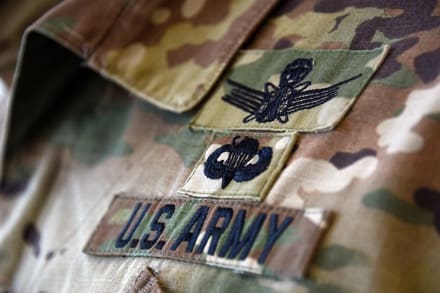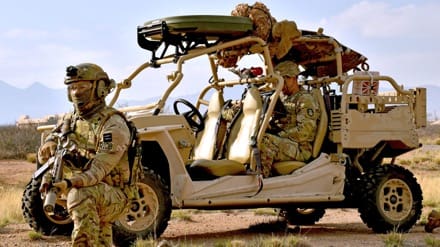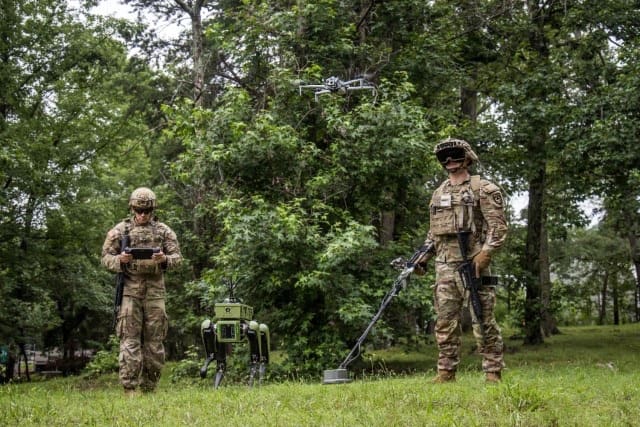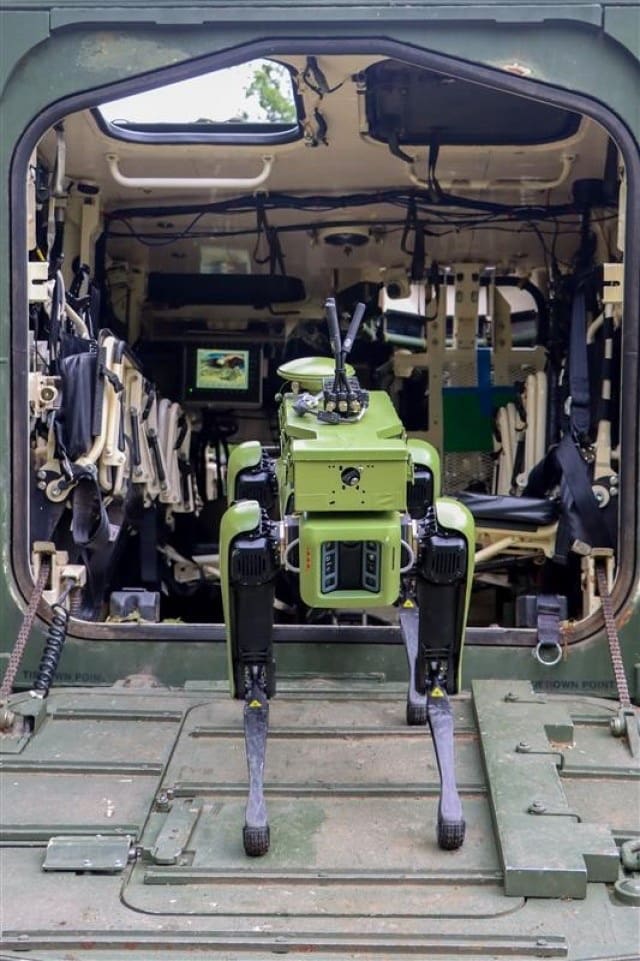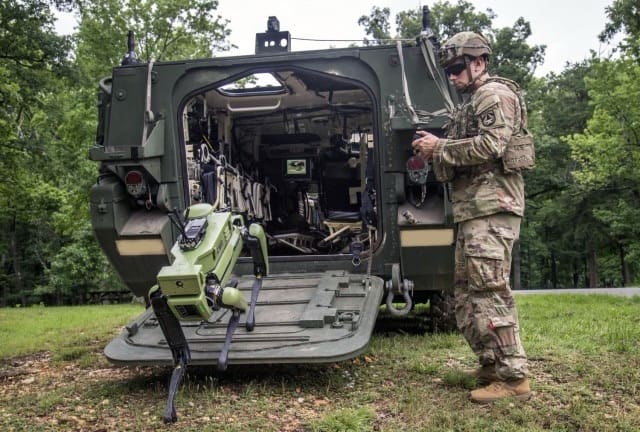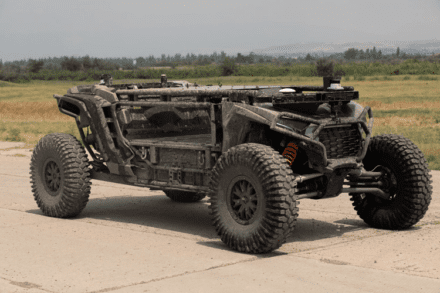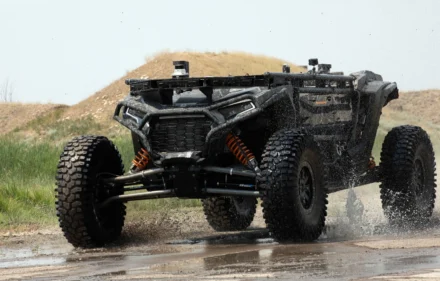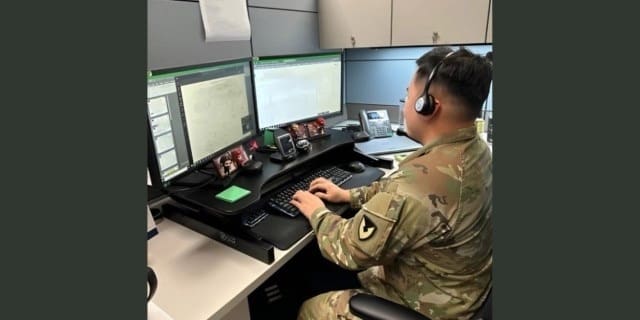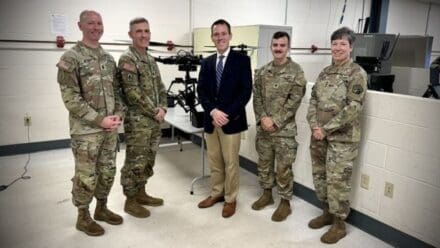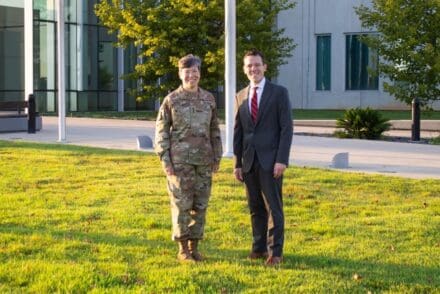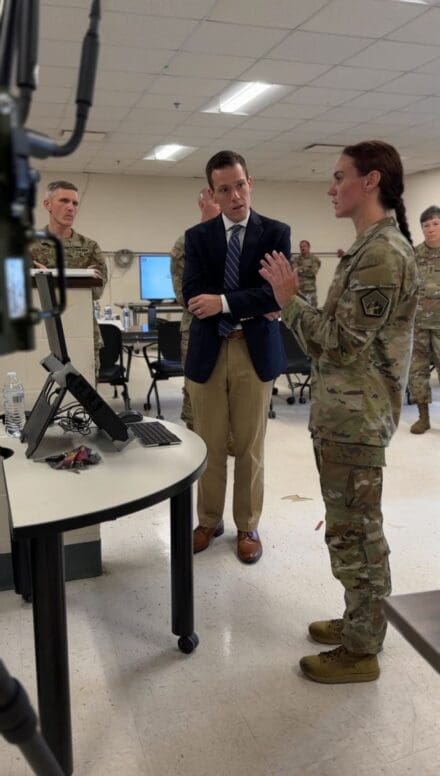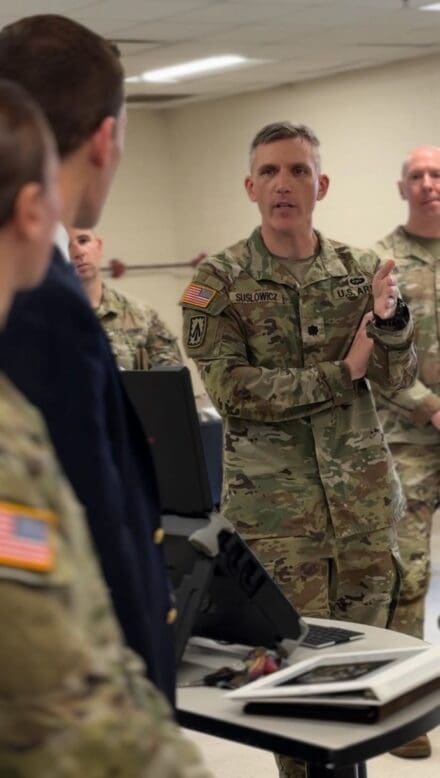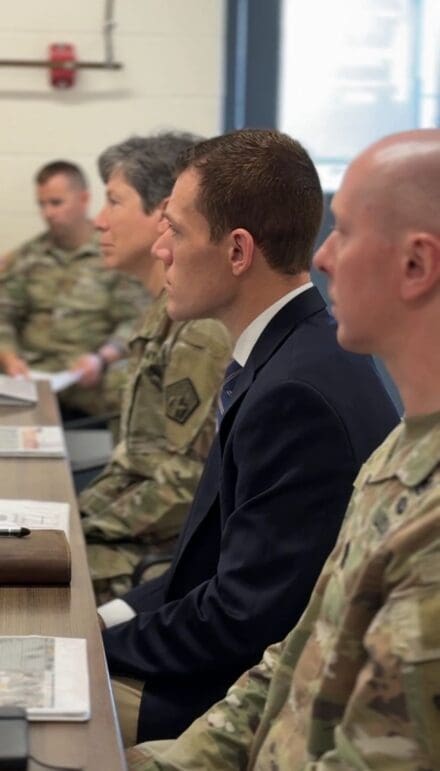FORT SILL, Okla. — The Fires Capability Development Integration Directorate (Fires CDID) hosted the Maneuver and Fires Integrated Experiment 25 (MFIX25) this month on Thompson Hill at Fort Sill, where Soldiers from the 101st Airborne Division and 4-60th ADA, along with more than 37 industry and government partners, participated in concept-driven experimentation that continues to transform and improve the fires enterprise.
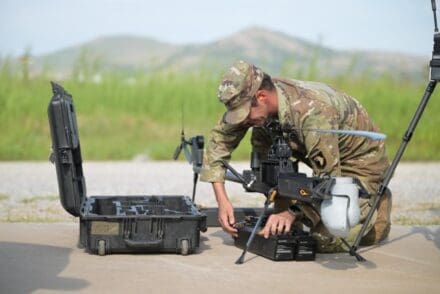
“We’ve always designed MFIX around the Soldier,” said Col. Allen Redford, director of Fires CDID. “This environment gives us the opportunity to put technology in their hands, get feedback in real time, and evolve faster than the threat.”
Throughout the event, participants focused on improving counter-unmanned aerial systems (C-UAS), air and missile defense integration, and sensor-to-shooter capabilities. Unlike traditional lab testing, MFIX placed new technologies in complex, operationally realistic environments challenging systems to perform in real time while allowing Soldiers to provide direct input on usability and effectiveness.
A key area of experimentation included defeating small drones — a growing threat in both conventional and irregular warfare.
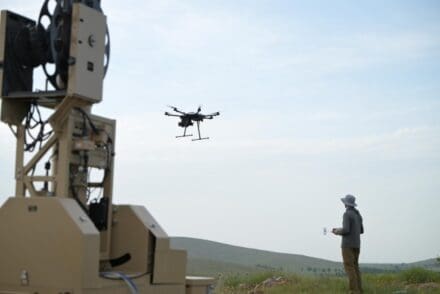
“We’re seeing UAVs become cost-effective, faster and harder to detect,” Redford said. “Our responsibility is to make sure soldiers have the tools to adapt quickly and stay ahead.”
MFIX has several success stories, including bringing systems like Mobile Short-Range Air Defense (M-SHORAD) from concept to fielding. Soldier feedback during previous events helped refine fire control software, improve sensor interoperability and shape requirements that ultimately accelerated procurement timelines.
“MFIX allowed us to close the gap between the lab and the battlefield,” Redford said. “We’ve seen systems move from prototype to combat-ready much faster because of the feedback loop created here.”
In addition to testing new systems, this year’s MFIX emphasized joint integration strengthening the Army’s ability to coordinate with other services across multiple domains. From refining joint targeting processes to improving data sharing between sensors and platforms, interoperability remains a top priority.
Over the years, several technologies have been fielded directly because of lessons learned at MFIX. Systems such as the Pitbull C-UAS jammer and MyDefence Wingman were redesigned based on Soldier evaluations and are now on track for broader use across Army formations.
As MFIX transitions into the larger Cross-Domain Fires Concept-Focused Warfighting Experiment (CDF CFWE), its core mission endures to put emerging technologies in the hands of Soldiers, ensure modernization remains grounded in operational relevance and evaluate concepts and technologies that address future capabilities.
“We ask every participant to leave here thinking: How can this be better, faster, lighter?” Redford said. “That mindset is what drives the Army forward.”
By Laticia Sims


